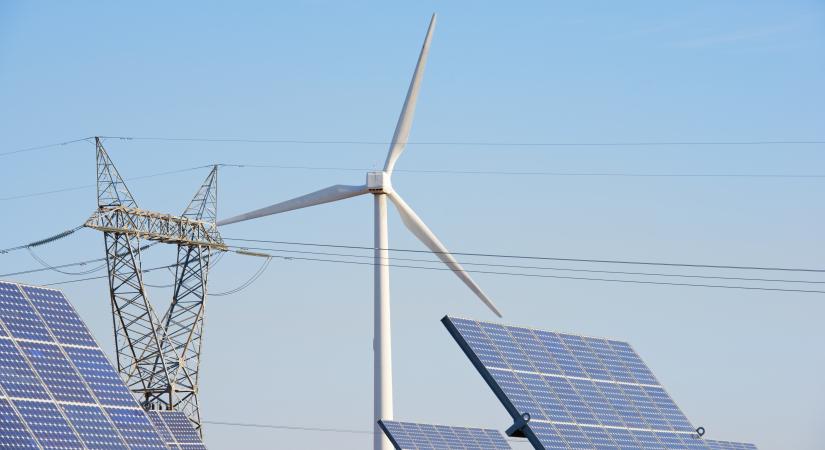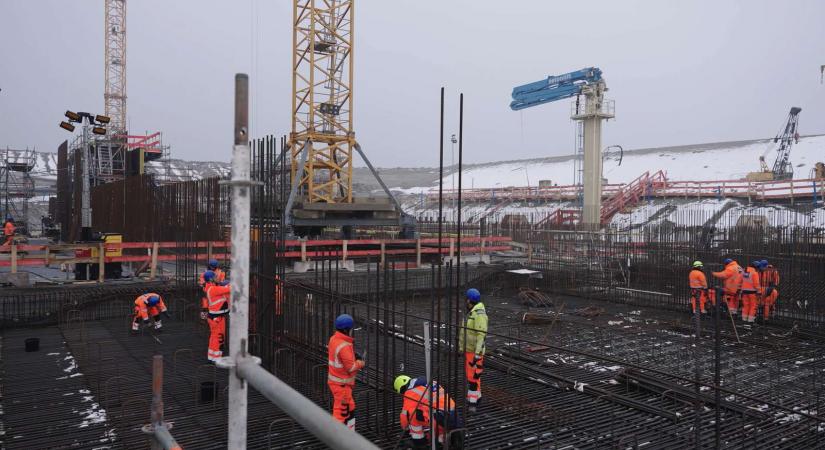Schleswig-Holstein Moves Closer to Eastern Denmark in Strengthened Fehmarn Belt Collaboration

The northernmost German state Schleswig-Holstein with approximately 3 million inhabitants, is increasing its focus on Eastern Denmark and aiming for even closer cooperation. Schleswig-Holstein’s growing interest in its northern neighbour is reflected in the 100-page "Denmark Strategy" adopted by the state, with a particular focus on the opportunities created by the Fehmarn connection.
"We aim for even closer collaboration with Denmark, our most important neighbor in the Baltic Sea region, within key future areas such as economy and infrastructure, education and culture, environment, climate and energy, as well as digitalization," stated Johannes Callsen, the Minister President's representative for cooperation with Denmark, on the state’s website.
Commenting on Schleswig-Holstein's "Denmark Strategy," Stig Rømer Winther, Director of Femern Belt Development, said:
"Schleswig-Holstein is very clear in its assessment of the new opportunities that the Fehmarn connection creates for intensified German-Danish cooperation, politically, economically, and culturally. The state has a longstanding tradition of close cross-border cooperation with Southern Jutland, and they now plan to draw from these experiences in a future intensified partnership with Eastern Denmark."
Increased Cooperation Benefiting Development
In its "Denmark Strategy," Schleswig-Holstein highlights numerous areas where enhanced collaboration across the Fehmarn Belt can benefit development on both sides, including:
- Promotion of cross-border cooperation and reduction of border barriers
- Strengthening of a shared economic region
- Improvement of cross-border mobility and infrastructure
- Culture, education, and research in close collaboration
- Energy, climate, and environment under shared responsibility
- Digitalization as an opportunity
Even Closer Danish-German Cooperation
Stig Rømer Winther, Director of Femern Belt Development, welcomes the content of Schleswig-Holstein’s "Denmark Strategy."
“The state's focus areas align precisely with the areas we have been working on from the Danish side for many years and are currently addressing by creating networks and collaboration between Danish companies, educational and knowledge institutions, cultural actors, and the political sector. I am pleased that we see the same development opportunities, and I look forward to continued and even closer collaboration with Schleswig-Holstein,” says Stig Rømer Winther.
Schleswig-Holstein has also appointed a “Denmark Coordinator” who will bear the primary responsibility for keeping the intensified focus on collaboration with its northern neighbor on track.
Further Information
Further information about Schleswig-Holstein’s "Denmark Strategy," including an option to download the entire strategy, can be found on the state’s website




